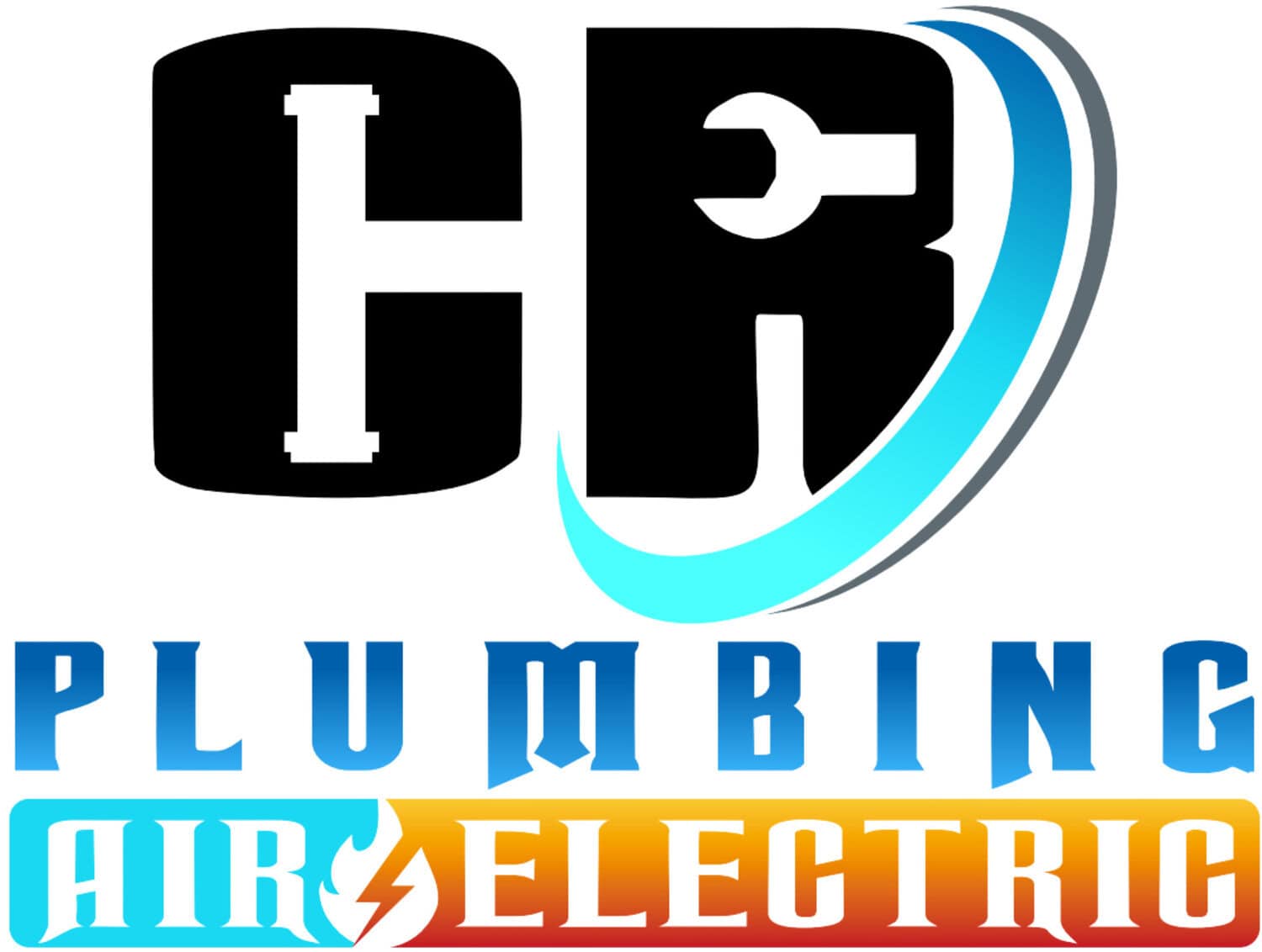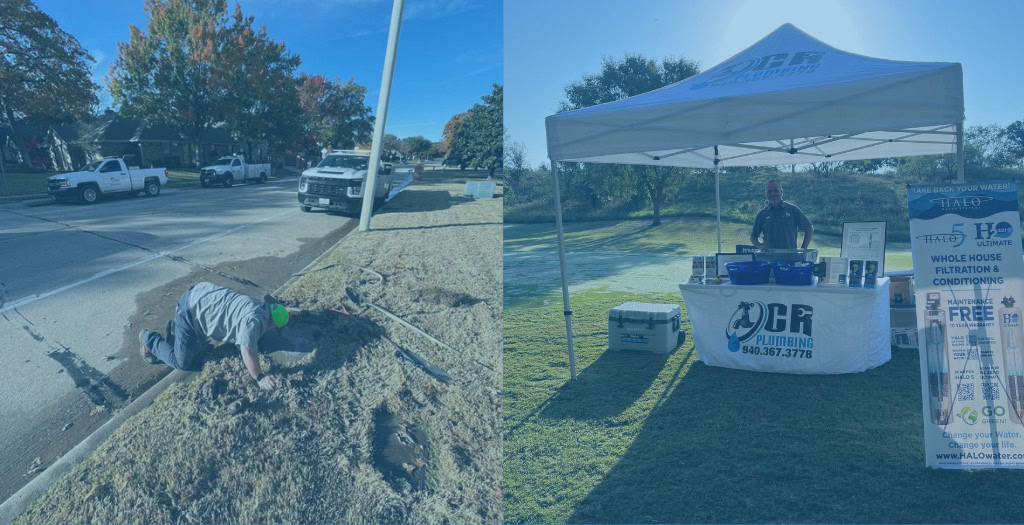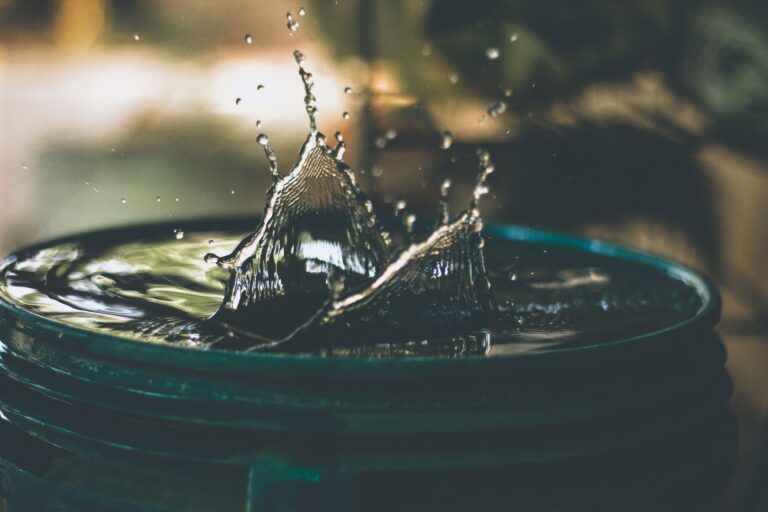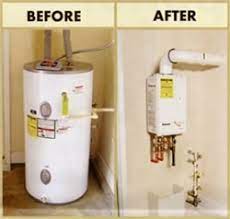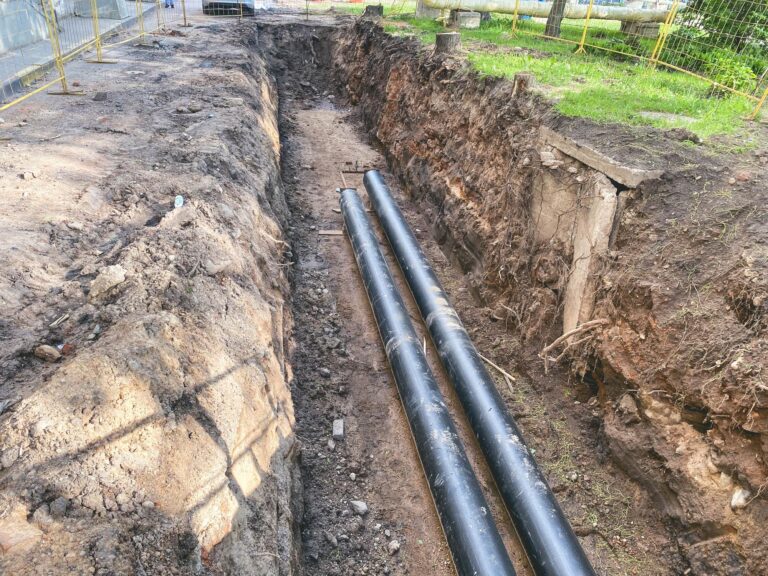Top Plumbing Upgrades for Energy Efficiency & Water Savings
Water and energy bills continue to rise across the country, and property owners, whether residential or commercial, are searching for practical, long-term solutions. One area often overlooked is plumbing. The right plumbing upgrades not only reduce utility costs but also help conserve natural resources, which is crucial in today’s environmentally conscious world.
Modern plumbing systems are far more efficient than those installed even a decade ago. Thanks to technology and thoughtful design, homeowners and business operators can now take advantage of plumbing solutions that maximize water conservation, reduce energy usage, and extend the life of their plumbing infrastructure.
Let’s take a closer look at the top plumbing upgrades that improve efficiency, promote sustainability, and support smarter living.
Why Plumbing Efficiency Matters More Than Ever?
It’s easy to underestimate the amount of water wasted in the average home or office. From leaky faucets to outdated water heaters, inefficiencies in plumbing can lead to:
A. Excessively high water and energy bills
B. Unnecessary strain on appliances and fixtures
C. Wasted natural resources
D. Increased risk of costly repairs due to hidden leaks
Implementing eco-friendly plumbing upgrades helps reduce waste, optimize performance, and create a more sustainable environment. Whether you’re investing in residential plumbing services or overseeing a large facility with commercial plumbing services, the benefits are measurable and long-lasting.
1. Install Water-Saving Plumbing Fixtures

One of the quickest ways to make a meaningful impact on water usage is by upgrading fixtures. Today’s water-saving plumbing fixtures are designed to reduce flow rates without compromising performance or comfort.
Low-Flow Shower-heads and Faucets
Low-flow models are built to use significantly less water per minute than traditional fixtures. While standard shower-heads may use up to 2.5 gallons per minute, low-flow models reduce that to around 1.5 gallons without sacrificing water pressure.
In addition to water savings, this upgrade also lowers the demand on your water heater, reducing energy consumption over time.
Dual-Flush and High-Efficiency Toilets
Toilets are one of the largest water consumers in a household. Dual-flush toilets offer two flushing options one for liquid waste and one for solids that helping conserve thousands of gallons of water annually. High-efficiency models can reduce water use by over 50% compared to older systems.
Looking for a simple way to reduce your water bill? Start with your bathroom by switching to low-flow fixtures.
2. Upgrade to Tankless Water Heaters
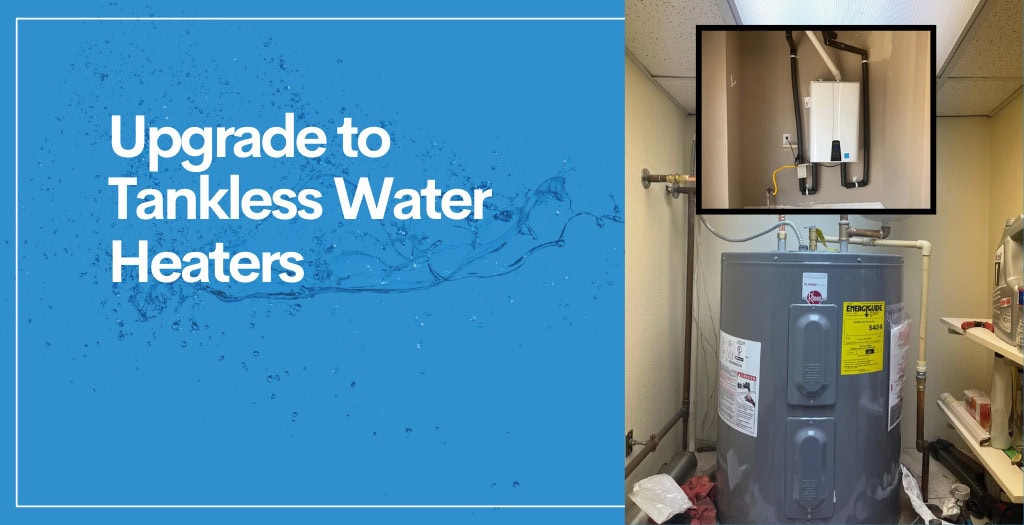
Traditional water heaters operate around the clock, keeping a full tank of water hot even when it’s not in use. That constant operation means wasted energy and higher monthly bills.
Benefits of Tankless Systems
A. Heat water on demand, which means no standby energy loss
B. Save space—no bulky tank required
C. Provide a continuous supply of hot water
D. Longer lifespan (up to 20 years with proper maintenance)
Modern homes and businesses can also pair tankless water heaters with smart controls that allow scheduling and remote access, ensuring optimal energy usage.
For businesses or larger families that consume high volumes of hot water, this is one of the most effective eco-friendly plumbing upgrades available today.
3. Reuse with Greywater Recycling Systems
Grey water refers to the lightly used water from bathroom sinks, showers, and laundry that can be repurposed for non-potable functions such as:
A. Landscape irrigation
B. Toilet flushing
C. Outdoor cleaning
By capturing and filtering grey-water, properties can significantly reduce their reliance on freshwater resources. These systems are especially effective in drought-prone regions or homes with large gardens.
Grey-water systems not only support green plumbing solutions but also help property owners take a major step toward sustainability.
4. Install Smart Leak Detection Systems
Even a small leak can waste thousands of gallons of water each year and lead to serious structural damage. Leak detection devices act as silent guardians, monitoring water use and catching problems early.
How They Work?
Smart leak detection systems monitor water flow in real time. If a sudden spike or continuous flow is detected when water should be off, the system will send alerts to your phone or email. Some even come with automatic shut-off valves, cutting off supply immediately to prevent damage.
These systems are quickly becoming standard in both residential plumbing services and commercial plumbing services due to their reliability and ability to prevent costly emergencies.
Don’t wait for a pipe to burst. Add a smart leak detector for extra peace of mind.
5. Insulate Plumbing Pipes
Hot water pipes that aren’t insulated lose heat as the water travels through them. This results in longer wait times for hot water and greater energy use overall.
Advantages of Pipe Insulation
A. Water reaches your faucets faster
B. Reduces the amount of wasted water while waiting
C. Prevents pipes from freezing during winter months
D. Helps extend the life of your plumbing system
Pipe insulation is one of the most affordable upgrades that supports efficient plumbing systems. It’s a one-time investment that pays off every time you turn on a hot water tap.
6. Eco-Friendly Plumbing Solutions for Commercial Buildings
Large facilities have a unique opportunity to cut costs and water usage by implementing large-scale eco-friendly plumbing upgrades. Examples include:
A. Sensor-activated faucets and flush valves
B. Water-less or high-efficiency urinals
C. On-site water recycling systems for cleaning or irrigation
D. Smart metering to monitor usage and detect anomalies
These upgrades can dramatically improve a building’s environmental footprint while also qualifying the facility for green certifications like LEED.
To explore options tailored to your business, consult local experts in commercial plumbing services.
7. Smarter Irrigation with Outdoor Plumbing Upgrades
A significant portion of water usage, especially in suburban homes, goes to maintaining lawns and landscaping. Outdated sprinkler systems often lead to over watering, runoff, and higher bills.
Smart Irrigation Tools
A. Weather-based controllers that adjust based on rainfall or temperature
B. Drip irrigation systems that water directly at plant roots
C. Soil moisture sensors that prevent watering when not needed
These systems reduce water waste and support a healthy outdoor environment with minimal intervention from the property owner.
8. Harvest Rainwater for Non-Potable Use
Rainwater harvesting systems collect water from rooftops and other surfaces and store it for tasks like:
A. Lawn irrigation
B. Washing outdoor surfaces
C. Toilet flushing
Harvested water is naturally filtered and can significantly offset freshwater usage. With proper setup and filtration, it can even be used for laundry or car washing. This is one of the most impactful green plumbing solutions for properties looking to reduce their environmental footprint.
What Makes Plumbing Upgrades a Smart Investment?
Plumbing upgrades aren’t just about saving water. They also protect your property, extend the life of your systems, and increase your home or building’s overall value. Whether you’re making improvements for comfort, compliance, or cost savings, smart plumbing is a win on all fronts.
Partnering with experienced professionals ensures that installations are done correctly and comply with local building codes.
If you’re planning upgrades, start with an evaluation of your current setup through residential plumbing services designed to assess your water and energy usage patterns.
Find Local Help That Understands Your Needs
Searching for plumbing services near me can lead to dozens of options, but not all providers are equal. When choosing a plumbing partner, look for one with experience in sustainable systems, certified products, and long-term customer support.
Whether you’re a homeowner planning a remodel or a facility manager aiming for LEED certification, expert plumbing guidance makes all the difference.
Start Small, Save Big!
You don’t need to overhaul your entire plumbing system to start making a difference. Even small changes—like installing a low-flow shower-head or insulating your pipes that can lead to measurable savings in both water and energy.
The most important step is getting started. With the help of knowledgeable professionals, you can upgrade your property with confidence, comfort, and a cleaner environmental footprint.
Ready to reduce your water and energy bills?
Contact us today to discuss efficient, eco-friendly plumbing upgrades that make a lasting impact.
Frequently Asked Questions:
Q1: What are the most cost-effective plumbing upgrades for reducing water bills?
Ans: Some of the most cost-effective upgrades include installing low-flow shower-heads and faucets, dual-flush or high-efficiency toilets, and insulating hot water pipes. These changes require minimal investment but can lead to significant savings on water and energy bills over time.
Q2: Are eco-friendly plumbing upgrades suitable for older homes?
Ans: Yes, most eco-friendly plumbing upgrades can be installed in older homes without major renovations. Professionals can retrofit low-flow fixtures, tankless water heaters, and leak detection systems to existing setups, helping older homes become more energy- and water-efficient.
Q3: How do smart plumbing devices help with energy efficiency?
Ans: Smart plumbing devices like leak detectors, smart water heaters, and automated irrigation controllers monitor usage, detect issues early, and optimize water and energy consumption. These systems reduce waste and provide real-time control, improving both efficiency and convenience.

